Finding Color in Dark Places: Deep Sea Corals & Stained-Glass Seascapes
- sabrinalamaria
- Oct 20, 2021
- 3 min read
October 20, 2021 at Palmetto Brewery Co, Charleston, SC.
Presented by
Dr. Peter Etnoyer, Marine biologist, NOAA National Center for Coastal Ocean Sciences
Marielena Martinez, MFA, local artist and STEAM educator with Cultivate SciArt, the Gibbes Museum of Art, and Engaging Creative Minds

"Life in the Deep Sea is resilient"
That was Dr. Peter Etnoyer's take-away message when he brought our ocean floors to life at Cultivate's Fall 2021 Science Art Happy Hour workshop. Etnoyer is a marine biologist of the NOAA (National Oceanic and Atmospheric Administration) and the National Center of Coastal Ocean Sciences. The beautiful imagery of the deep sea and Etnoyer's charming and exciting presentation of ocean life were counter-balances with data on deep ocean acidification, how it dissolves corals and creatures throughout the deep sea ecosystem.
Corals can be up to 4,00 years old and can be dated from the material trapped within the organism. Materials from atomic bombs can be captured in species such as bamboo and black corals. Dr. Etnoyer shared his experience in his Alaska submarine expedition in 2002 where he mapped the seamount, scanning the seafloor using acoustic echo sounders that gives high-resolution topography. The maps provided from the acoustic echo sounders are used to target where the submarine will explore. This could take up to 6 hours to cover 1-2 kilometers of the seafloor. Etnoyer continued to wow the crowd by providing in-depth maps and images of seamounts in Alaska, Lophelia Reefs off Charleston's coast and her deep sea corals offshore!
How Do Corals Live in the Dark?
Etnoyer explains the diverse types of corals such as stony corals, soft coral, bamboo coral, black coral -- which is not actually black when it is alive -- and even a new species: Isidella tentaculum named by Dr. Etnoyer himself!
Isidella tentaculum: Etnoyer, P.J. 2008. A new species of Isidella bamboo coral (Octocorallia: Alcyonacea: Isididae) from northeast Pacific seamounts. Proceedings of the Zoological Society of Washington 121 (4): 541-553
But how do corals live in the dark without sunlight for symbiotic algae to photosynthesize?.
A Coral animal, polyps, survive without sunlight due to the zooxanthellae, plant cells, that live within them. As the coral polyps produce carbon dioxide for cellular respiration, the zooxanthellae cells use the carbon dioxide for photosynthesis. Basically, corals produce their OWN sunlight to survive! Corals also feeds on organic materials in the environment surrounding like zooplankton. While Corals polyps filter feed light snowfall of organic matter, they've stretched out of their skeletons to capture them with their tentacles!
Illuminating the Coral Reef
Marielena Martinez takes the audience through time, presenting the evolution of stained glass and it's many art forms. From ancient decorative wares like The Lycurgus Cup, an ornamental drinking glass made out of dichroic glass from the Ancient Roman Empire to 19th century geometric abstractions as a part of interior design by American artisans.
After the Ancient Wares of the Roman Empire, stained glass was then introduced as windows in religious buildings of the 7th century. The Middle Ages Gothic Cathedrals made leaps in the beautiful art form, as stained-glass windows were mesmerizing tall and arched lancet windows or beautiful round rose windows. These tall and extravagant windows reflected an array of dazzling colors in the light!

To imitate the beautiful deep-sea coral reef’s luminescence and stunning hues, participants were directed to create colorful stained-glass seascapes with teaching artist Marielena Martinez. Clear Elmer's glue pre-mixed with a rainbow of water-based dyes were applied to 6-inch petri dishes to create coral, fish, and other sea life to create beautiful seascapes!
How to Create a Faux Stained-glass Seascape
1. Collect plastic petri dishes, clear plastic plates or any other clear plastic surface to construct your seascape on
2. Next, Lightly sand the surface of the clear plastic material to help the colored glue serving as our faux stained glass adhesive.
3. Using a hot needle, pierce the plastic and tie a fishing line for hanging
4. Outline your surface on a piece of paper to sketch your image and use a sharpie marker to recreate a leaded matrix that historically connects the stained glass pieces together
5. Lastly, paint on the colored glue in patches of color to finish your seascape!
Hint: Best to apply the glue extra thick to keep it from lifting off the surface as it dries and shrinks.

Explore the Seafloor yourself
Watch the video from MBARI (Monterey Bay Aquarium Research Institute) for Glow-in-the-dark corals!

Learn more about how we can protect our coral reefs, Check out the links below!
EPA (Environmental Protection Agency) provides easy steps to protect coral reefs when visiting coral reefs and our every day lives.

Learn more about the cool process of taking coral fragments from existing corals and putting them in coral nurseries known as Coral Gardening






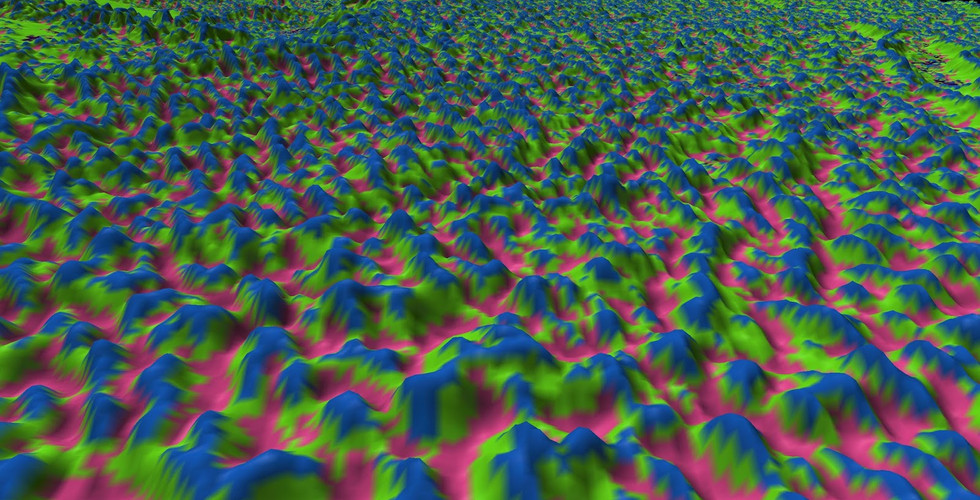

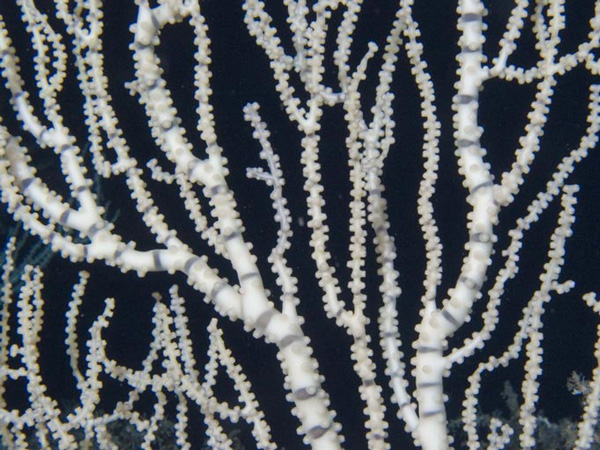
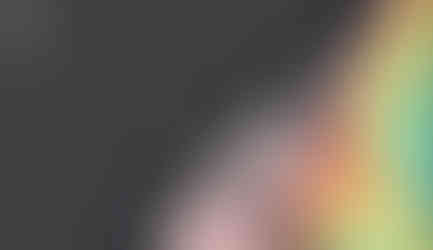



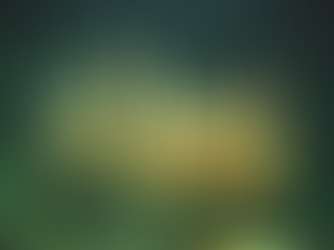


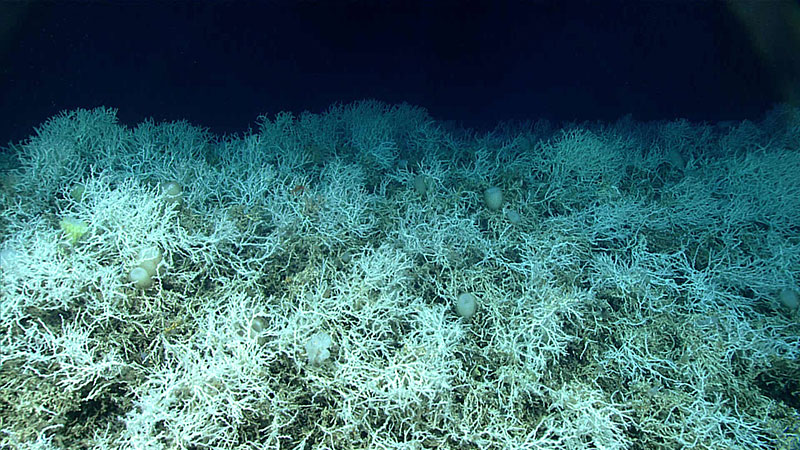



Comments